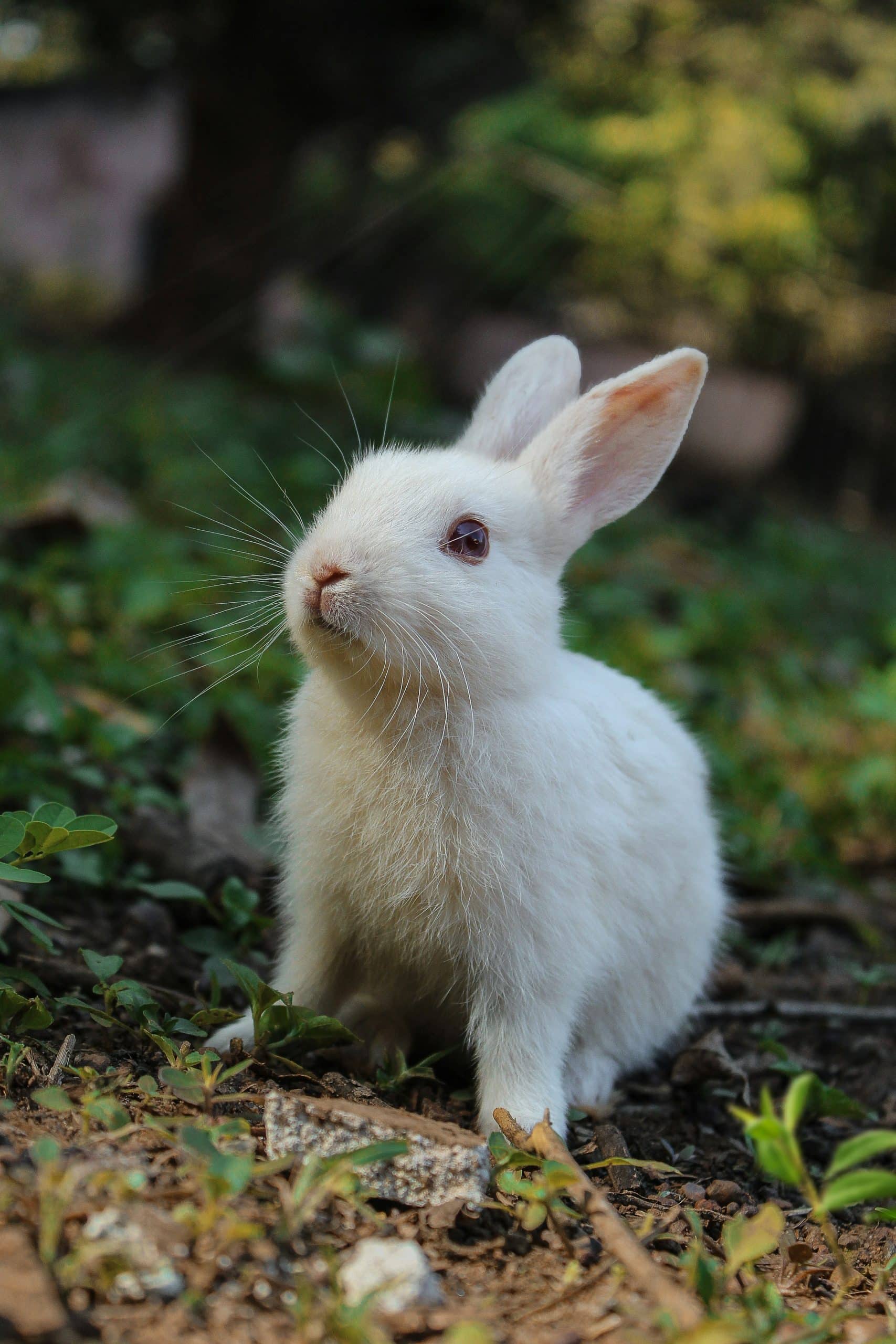From parrots to finches, birds are increasingly becoming popular pets, and it’s not difficult to see why. Their vibrant colors, lively personalities, and delightful songs bring a unique charm to our homes. However, birds, particularly parrots, require more than just food and a cage. They need stimulation to keep their minds and bodies healthy. But what happens when you’re not home? How can you ensure your pet bird remains entertained and happy? This comprehensive guide will help you understand the best practices to keep your pet bird stimulated when you’re not home.
Providing a Suitable Environment
Birds, just like humans, appreciate a change in scenery every once in a while. A comfortable home is crucial when it comes to a bird’s contentment and well-being.
A voir aussi : How to Help an Older Cat Adapt to a New Kitten Companion?
Pet birds spend a significant portion of their day in a cage. Therefore, it is essential to make their cage as comfortable and enriching as possible. A spacious cage is a must. The cage should be large enough for your bird to stretch its wings and move around freely.
Consider placing the cage in a well-lit room, preferably near a window, as birds enjoy natural light and observing the outside world. However, keep the cage away from direct sunlight to avoid overheating. The room should also be free from drafts and drastic temperature changes.
A voir aussi : How to Choose the Best Type of Chew Toy for a Teething Puppy?
Enriching the Cage with Toys
Toys are an excellent way to keep your bird engaged and stimulated. They can help your bird to learn, play and get the physical exercise they need.
There are many types of bird toys available – puzzles, climbing toys, bells, mirrors, and chew toys, to name a few. Rotate these toys regularly to give your bird a variety of stimulations, preventing them from getting bored.
When it comes to parrots, they especially enjoy toys that challenge their intelligence. Puzzle toys, where they must figure out how to retrieve a treat, can keep them entertained for hours.
Remember to check the toys regularly for signs of wear and tear and replace them if necessary. Damaged toys can cause injuries or pose a choking hazard.
Bird-Friendly Food Foraging
In the wild, birds spend a significant amount of their time foraging for food. You can recreate this natural behavior by encouraging your pet bird to work for its food.
Consider getting a foraging toy where you can hide your bird’s favorite treats. This not only provides physical exercise but also mental stimulation as they figure out how to access the treats.
Creating a ‘food trail’ with pieces of fruits and vegetables across the cage can also stimulate foraging behavior. It keeps your birds active and engaged as they move around the cage looking for food.
Routine and Social Interaction
Birds, especially parrots, are social animals and thrive on interaction. Although you might not be home the whole day, ensure to spend quality time with your pet bird when you can.
Establish a routine. Consistency helps your bird understand what to expect, which can reduce anxiety when you’re not around. The routine could include specific times for feeding, play, and rest.
Even when you’re not physically present, technology can help. Video calls or voice recordings can interact with your bird, providing some form of social engagement.
Bird Training
Training your bird can also provide mental stimulation. Teaching tricks, simple commands, or even toilet training can challenge your bird mentally and strengthen your bond.
Training needs time and patience, but the results can be rewarding for both you and your pet. Start with simple commands like ‘step up’ and gradually proceed to more complex ones. Always follow each successful command with a treat or compliment to reinforce positive behavior.
Remember, stimulating your pet bird when you’re not home is crucial for maintaining their health and happiness. A comfortable environment, a variety of toys, food foraging, regular routines, and training can ensure your bird is well-stimulated even in your absence.
Integrating Music and Visual Stimulation
Integrating music and visual elements into a bird’s environment can greatly contribute to their entertainment and mental stimulation. Be it a pet bird or a group of pet birds, they all appreciate an environment rich in aural and visual stimuli.
Music can have a calming effect on birds. Various studies suggest that birds respond positively to music, with some even exhibiting signs of dancing or singing along. While making a selection, opt for calm, soothing melodies. Remember, the volume should be at a comfortable level to prevent any distress.
However, be mindful of the bird’s body language. If they seem agitated or stressed when the music is on, it might be best to try a different type or turn the music off. Over time, you will learn your bird’s musical preferences. Regular exposure to music can create a soothing routine that will help your bird feel comfortable when you’re not home.
Visual stimulation, on the other hand, can be provided by installing a bird-friendly video or a live stream of an outdoor bird feeder on a screen. Birds are visually oriented creatures and love watching other birds. Choose videos with natural environments, bird species similar to your pet, or animations designed to catch a bird’s eye.
A simple fish tank or a bird feeder outside the window can also serve as a source of visual stimulation for your bird. However, ensure that your pet bird cannot access these areas directly to avoid any risk.
Safety Measures and Monitoring
No matter how engaging or stimulating the environment is, the safety of your bird is paramount. The bird cage should be placed in a safe location, away from appliances that emit heat or pose any other risk.
Ensure that the cage is secure and your bird cannot escape in your absence. Check for any potential hazards within and around the cage such as open windows, toxic plants, or chemicals. Fresh food and water should always be readily available.
Investing in a pet monitor can be a wise decision. This will help you keep an eye on your pet bird remotely. Modern pet monitors come with features such as two-way audio, which enables you to interact with your bird, reinforcing the bond between you two.
Understanding your bird’s body language is also crucial. Any unusual behavior, like ruffled feathers, decreased appetite or changes in droppings, could be a sign of stress or illness and should be addressed immediately.
Conclusion
Keeping a pet bird stimulated when you’re not home may seem challenging, but remember, it’s all about creating an environment that is safe, engaging, and enriching. By considering your bird’s needs and preferences, you can create an environment that will keep your pet bird happy, healthy, and stimulated.
From creating a comfortable environment, incorporating toys, promoting foraging, maintaining a routine, training your bird, to integrating music and visual elements – all these practices can significantly contribute to the well-being of your pet bird.
Remember, your bird needs your time and affection more than anything else. Ensure you spend time with them when you can, observing their behaviors, and understanding their likes and dislikes. With patience and effort, you can ensure that your pet bird lives a long, healthy, and content life, even when you’re not around all the time.
All rights reserved to keep bird species mentally stimulated and physically active for a minimum of live years in their bird room, a place they can call home. After all, a stimulated bird is a happy bird.






